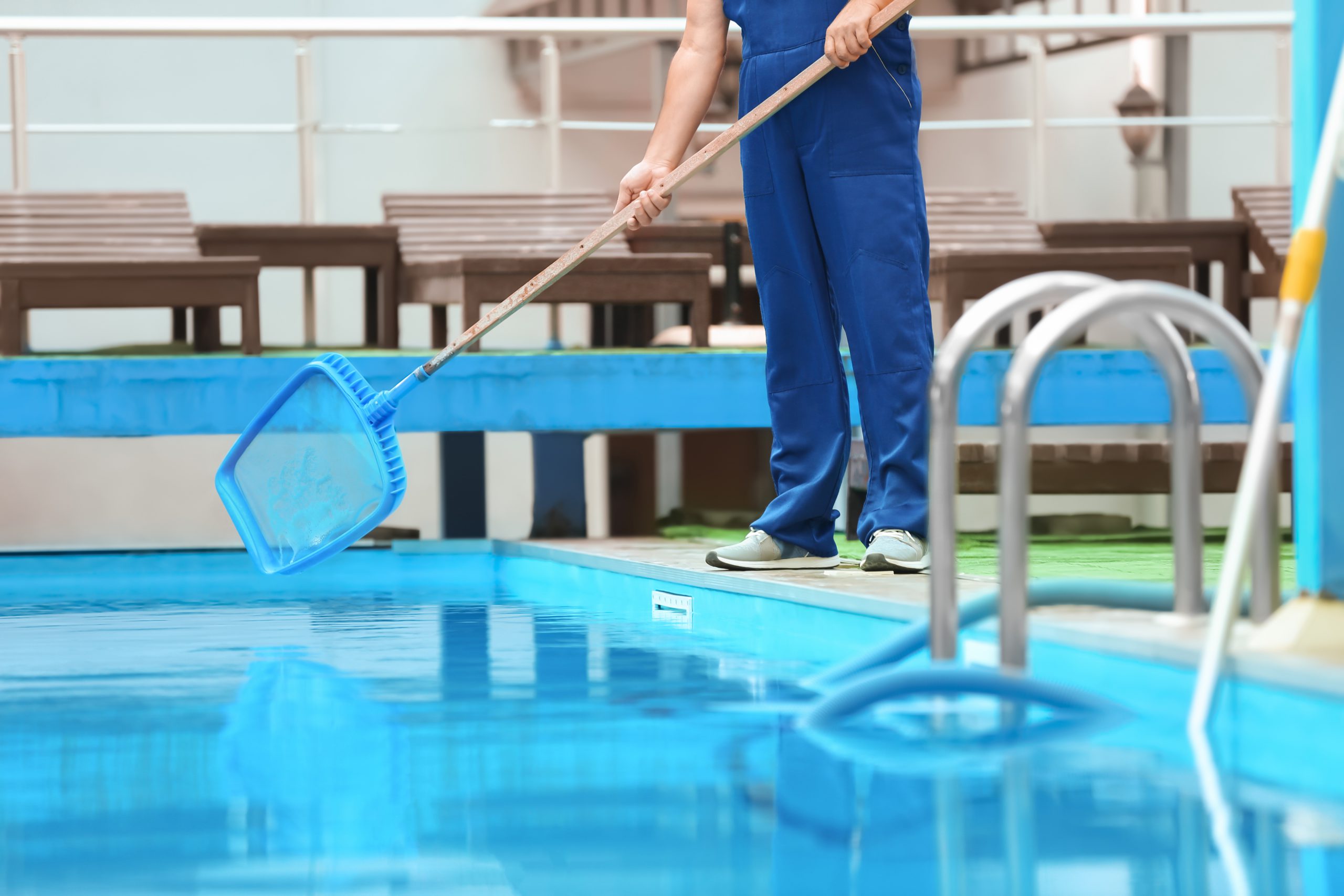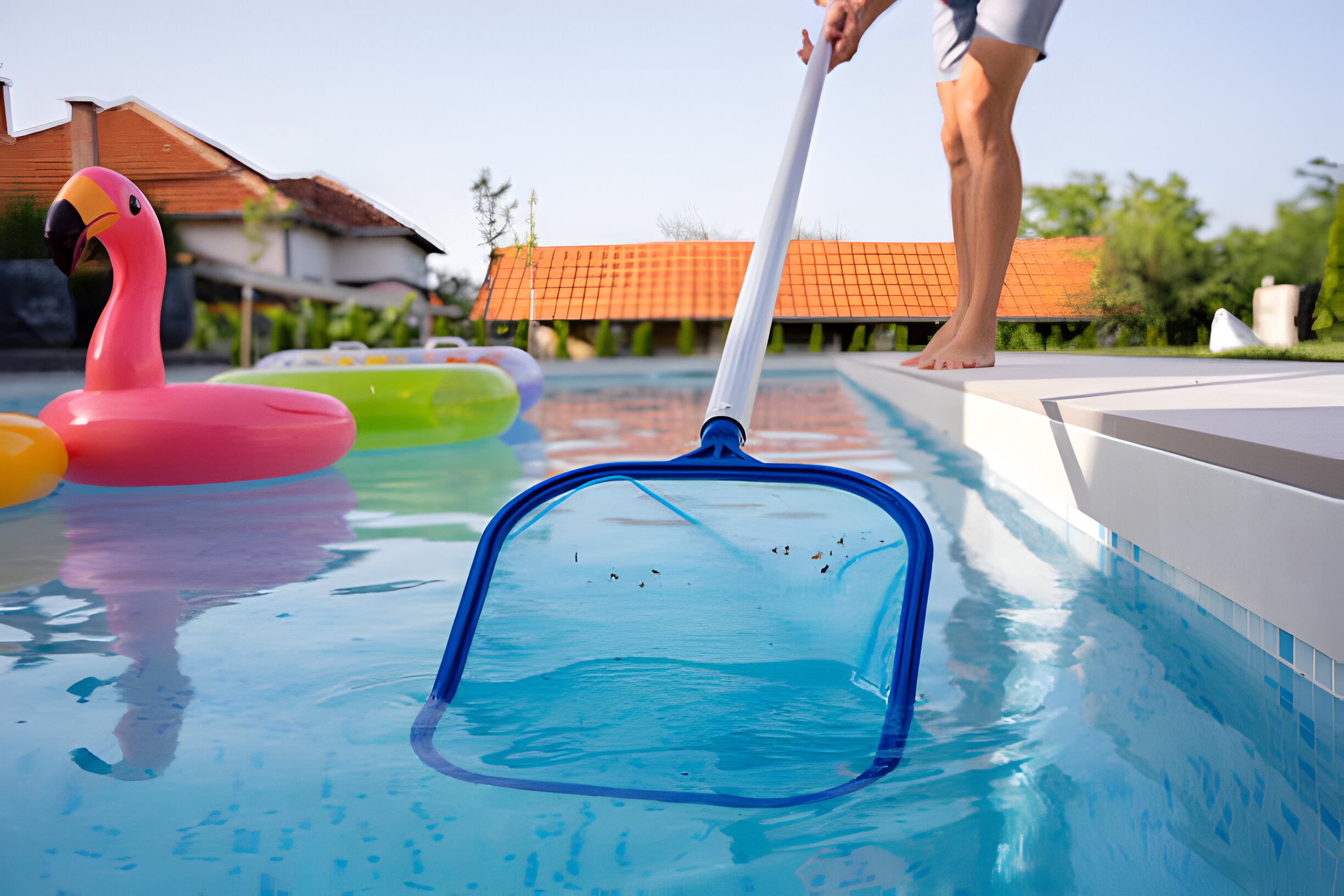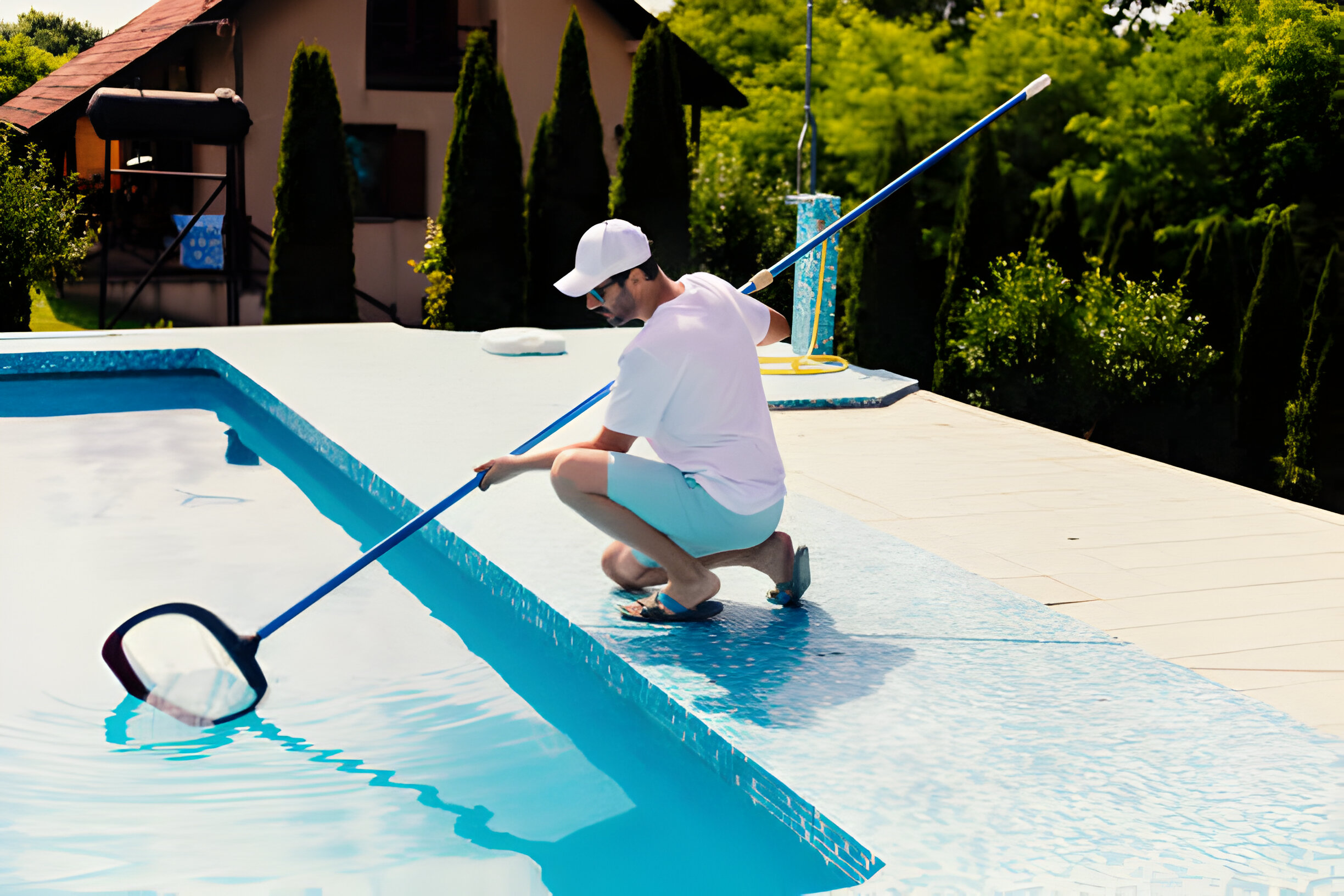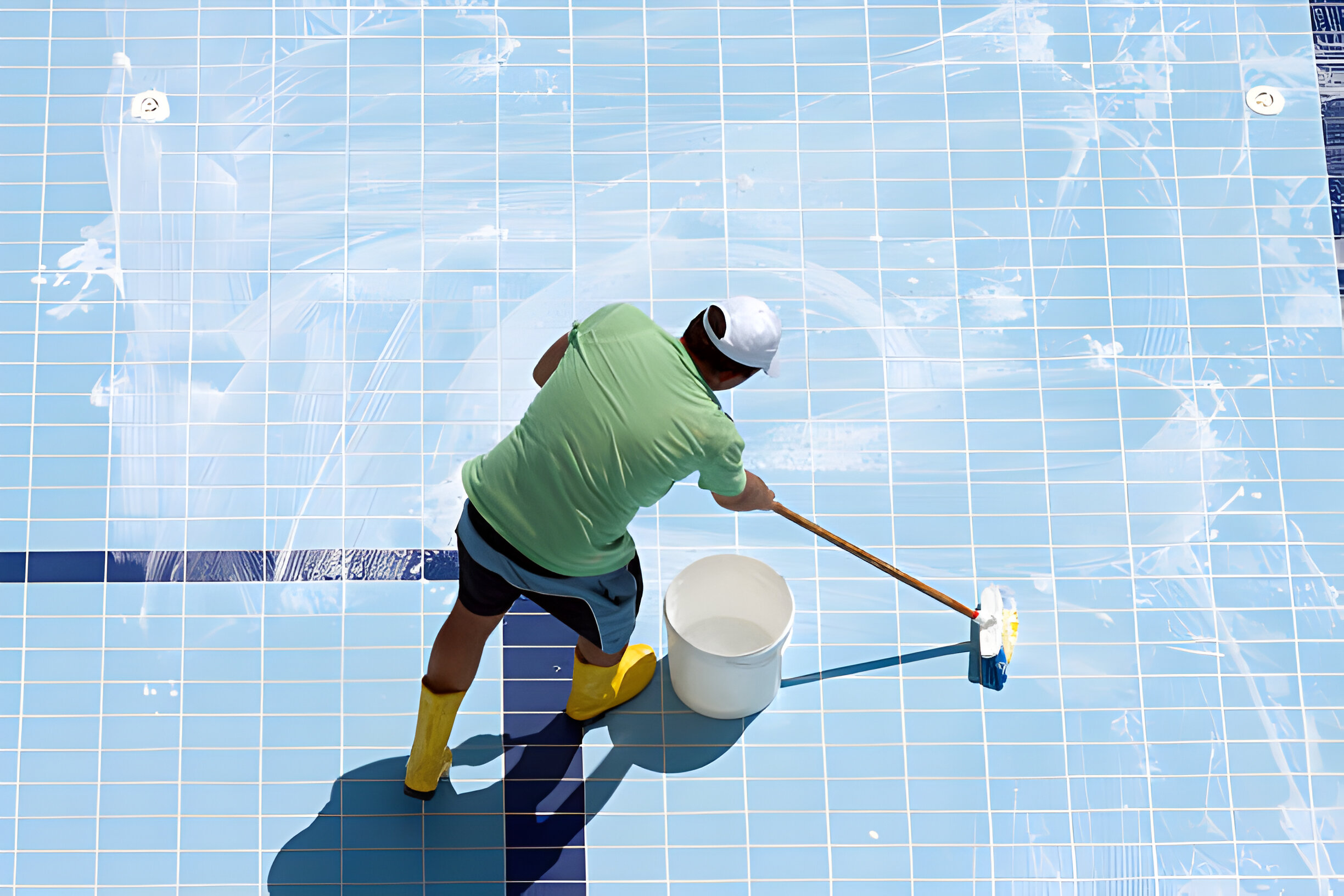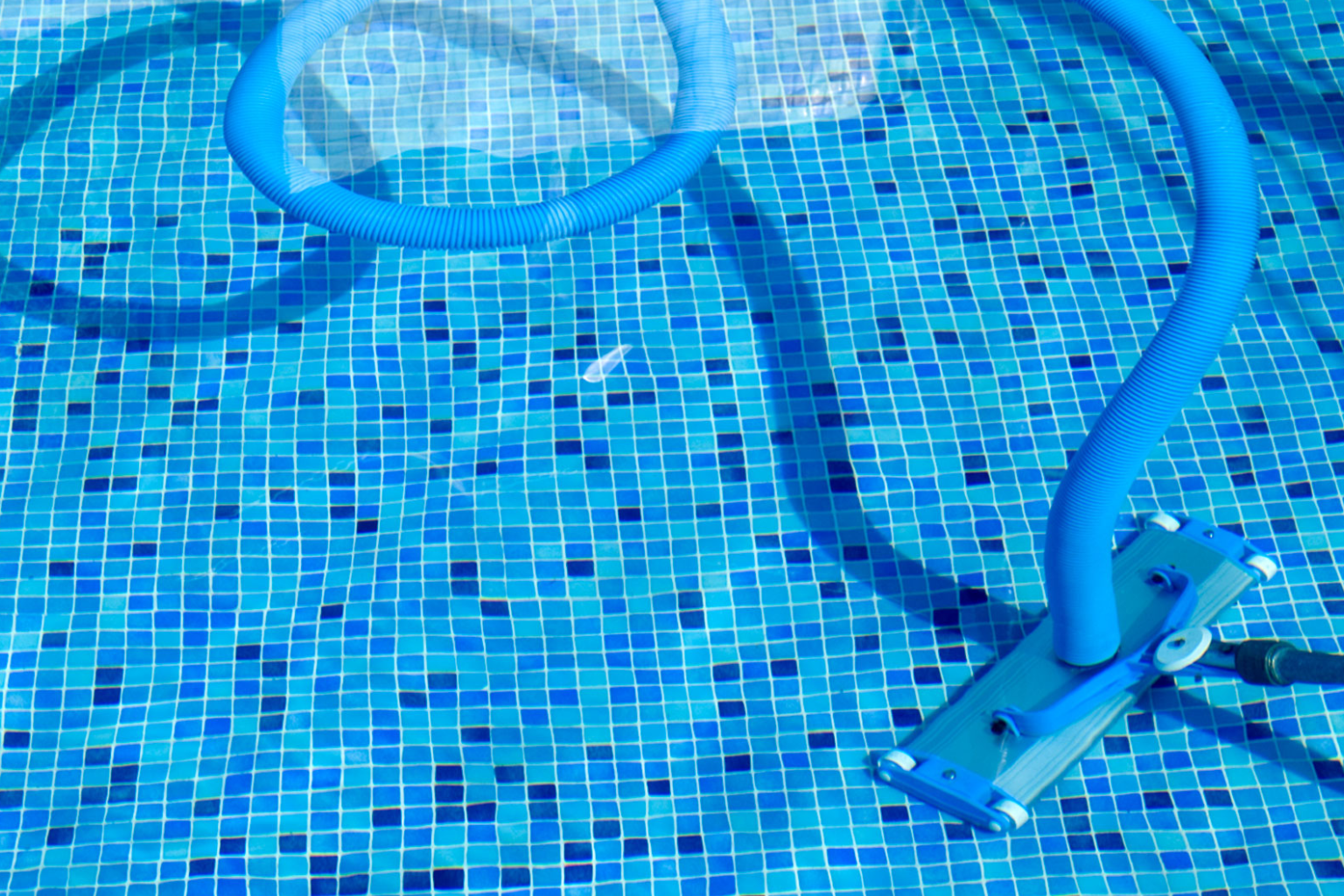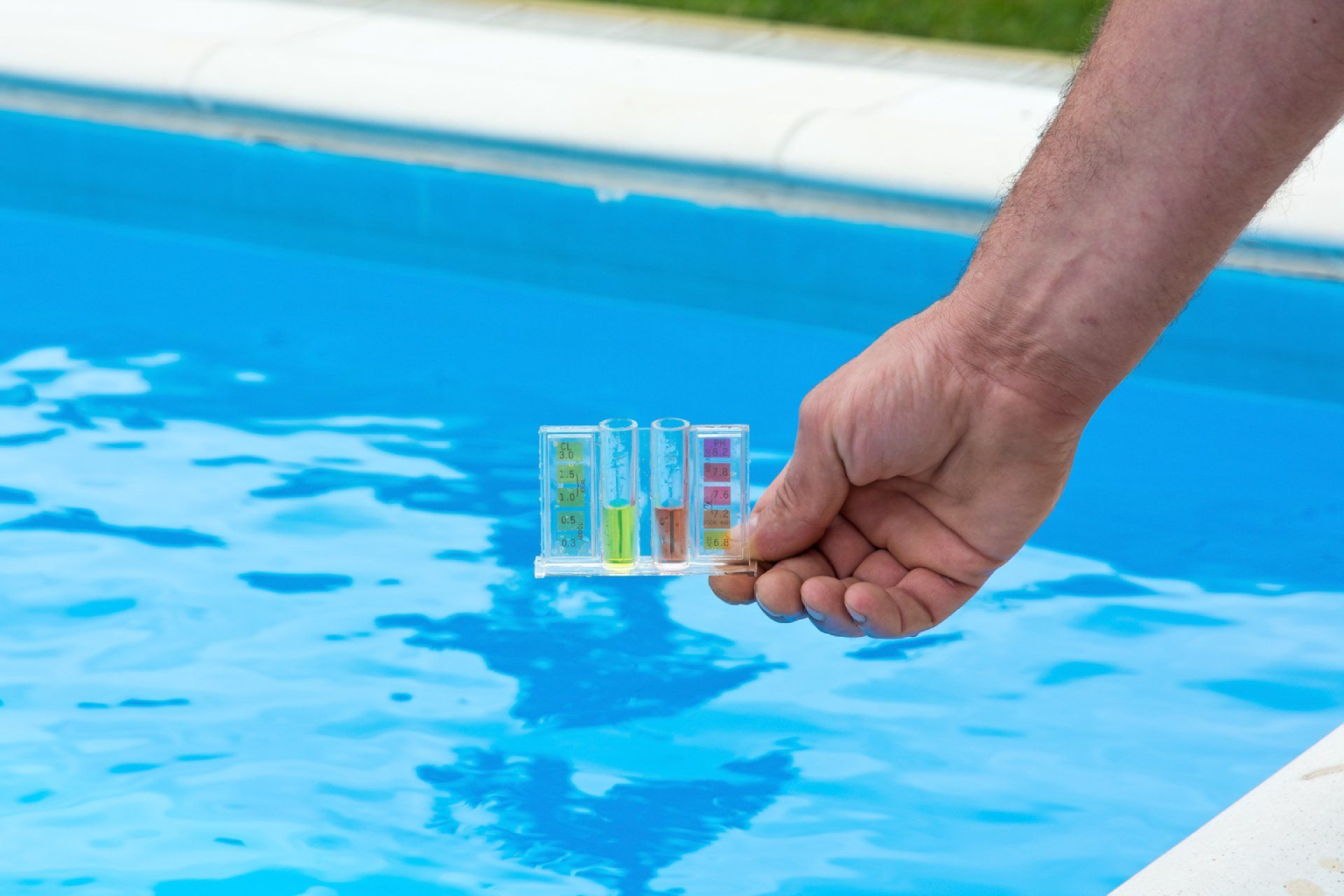
Introduction:
Embarking on the journey of pool ownership brings with it the responsibility of maintaining proper water chemistry. Yet, for beginners, the realm of pool chemistry may seem like an intimidating labyrinth. Fear not! In this comprehensive beginner’s guide, we’ll navigate through the intricate world of pool water chemistry, unraveling its mysteries and empowering you with the knowledge and tools necessary to ensure your pool remains a pristine sanctuary of aquatic enjoyment.
- The Basics of Pool Water Chemistry:
- pH Level: Picture pH as the conductor orchestrating the harmony of your pool water. This metric measures the acidity or alkalinity of the water on a scale from 0 to 14. Ideally, your pool’s pH should fall within the range of 7.2 to 7.6. Maintaining proper pH levels is crucial for preventing corrosion of pool equipment, minimizing eye and skin irritation, and optimizing the effectiveness of sanitizers.
- Chlorine: Enter chlorine, the unsung hero of pool sanitation. Chlorine diligently battles bacteria, algae, and other contaminants, ensuring your pool water remains safe and inviting. The recommended chlorine level typically ranges from 1.0 to 3.0 parts per million (ppm), safeguarding swimmers against waterborne illnesses and unpleasant odors.
- Total Alkalinity (TA): Total alkalinity acts as the buffer, stabilizing your pool’s pH against sudden fluctuations. Maintaining TA within the range of 80 to 120 parts per million (ppm) ensures that pH remains balanced and consistent. Think of TA as the guardian angel watching over your pool’s pH, preventing it from veering off course.
- Calcium Hardness: Calcium hardness refers to the concentration of calcium ions in the water. Ideal calcium hardness levels typically range from 200 to 400 parts per million (ppm). Maintaining proper calcium hardness prevents the water from becoming aggressive or corrosive, safeguarding your pool’s surfaces and equipment against damage.
- Testing and Monitoring Pool Water:
- Regular testing is the cornerstone of effective pool water management. Invest in a reliable testing kit capable of measuring pH, chlorine, alkalinity, and calcium hardness. Aim to test your pool water at least once a week, adjusting chemical levels as needed to maintain optimal balance.
- For convenience and accuracy, consider utilizing digital testing kits, which provide precise readings and eliminate the guesswork associated with traditional testing methods. Additionally, take advantage of free water testing services offered by many pool supply stores to gain professional insights into your pool’s chemistry.
- Balancing Pool Water Chemistry:
- Armed with your test results, it’s time to embark on the journey of balancing your pool’s chemistry.
- Adjust pH levels using pH increaser or decreaser to achieve the desired range of 7.2 to 7.6.
- Maintain chlorine levels within the recommended range by adding chlorine tablets, liquid chlorine, or shock treatments as necessary.
- Stabilize total alkalinity levels using alkalinity increaser or decreaser to prevent pH fluctuations and ensure water balance.
- Manage calcium hardness levels by adding calcium chloride to raise them or using a specialized sequestering agent to lower them, as needed.
- Additional Tips for Maintaining Pool Water Chemistry:
- Foster optimal water circulation and filtration by regularly cleaning skimmer baskets, filters, and pump strainers.
- Shield your pool from environmental influences such as sunlight, rainwater, and organic debris, which can alter water chemistry.
- Exercise caution when handling pool chemicals, following manufacturer instructions meticulously to avoid overuse or misapplication.
- Tailor your maintenance regimen to suit the unique characteristics of your pool, considering factors such as size, usage patterns, and environmental conditions.
Conclusion:
Congratulations! You’ve embarked on a journey of enlightenment into the realm of pool water chemistry. Armed with a deeper understanding of pH, chlorine, alkalinity, and calcium hardness and equipped with practical testing and balancing techniques, you’re well-prepared to navigate the waters of pool ownership with confidence and finesse. Remember, mastery of pool water chemistry is not a destination but a continual journey of learning and adjustment. With dedication and perseverance, you’ll ensure that your pool remains a haven of pristine tranquility for years to come.
Post a comment Cancel reply
Related Posts
Top 10 Money-Saving Pool Cleaning Tips for Long-Term Care
Maintaining a sparkling clean pool doesn’t have to break the bank. With the right pool…
Pool Maintenance Costs: Budget-Friendly Solutions for Pool Owners
Owning a pool is a luxury, but it comes with responsibilities, including regular upkeep to…
How to Clean a Pool: Top 10 Ideas for Pool Owners
Keeping your pool in pristine condition is crucial for both enjoyment and safety. Proper maintenance…
Understanding Pool Water Chemistry: A Beginner’s Guide
Introduction: Embarking on the journey of pool ownership brings with it the responsibility of maintaining…
 Demos
Demos  Colors
Colors 
 Docs
Docs  Support
Support 













